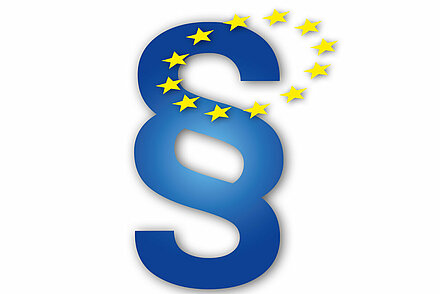The Medical Devices Regulation (MDR) came into force on May 26th, 2021 and raises a number of questions for dental laboratories in many places. We at CADdent® have dealt in detail with the (new) requirements for dental laboratories and summarize the most important insights for you in this article.
Basically, the Medical Device Regulation is not new, since it was passed on April 5th, 2017. After a reasonable transition period, it should have come into force as early as May 2020. Like other many things, this has also been delayed in connection with the corona virus pandemic. Some regulations already existed in Germany with Directive 93/42/EEC and the Medical Devices Act. The new Medical Device Regulation (MDR) is now valid for the entire EU area.
Who does the change in the Medical Device Regulation affect?
Among others, dental laboratories, practice laboratories but also dental practices and orthodontic practices are affected by these changes. Since the medical products in the named areas are usually custom-made, special provisions apply here, which we will discuss in the following sections.
What has changed with the entry into force of the Medical Devices Regulation?
The already known classification of medical devices in risk classes (I, IIa, IIb and III) remains.
Exemplary classification in the various risk classes:
-
Risk class I: provisionals
-
Risk class IIa: permanent dentures
-
Risk class IIb: implants
In principle, every medical device should have a unique product number (Unique Device Identification, UDI). Here, however, the Medical Devices Regulation differentiates between medical devices that are manufactured in series and those that are individually produced as custom-made products. Since dental prostheses are an individually manufactured medical product for a specific patient and therefore a custom-made product, there is no obligation to label them with the help of a UDI. When classifying dental prostheses in the “custom-made” product group, the manufacturing process (whether manual or CAD / CAM) is not relevant. (Regulation (EU) 2017/745, Article 2, Paragraph 3). Nevertheless, the requirements for the documentation of the manufacturing process are becoming more stringent.
What must be done in order to comply with the regulations of the Medical Devices Regulation for custom-made products?
Both dental laboratories and practice laboratories or dentists with chairside production manufacture medical products and must therefore integrate a risk management or quality management system. The aim is the traceability of the products used. Dental laboratories certified according to DIN EN ISO 13485 (2016) already work mostly according to the MDR.
The goal of complete traceability is achieved by implementing technical documentation. The technical documentation is indispensable in the manufacture of medical devices and must be prepared in accordance with the MDR. The content of the technical documentation is regulated in Annexes II and III of the Medical Devices Regulation (EU) 2017/745.
Update: The transitional period of the MDR ends on May 26th, 2024. You can find all information on this in our blog article www.caddent.de/en/blog/mdr-transitional-period-ends
The content of this blog post was created by us with the greatest care. However, we cannot guarantee that the content is correct, complete or up-to-date. Liability for damage caused by the use of the data made available or by the use of incorrect or incomplete information is excluded, unless it can be proven that we provided false information intentionally or through gross negligence.
